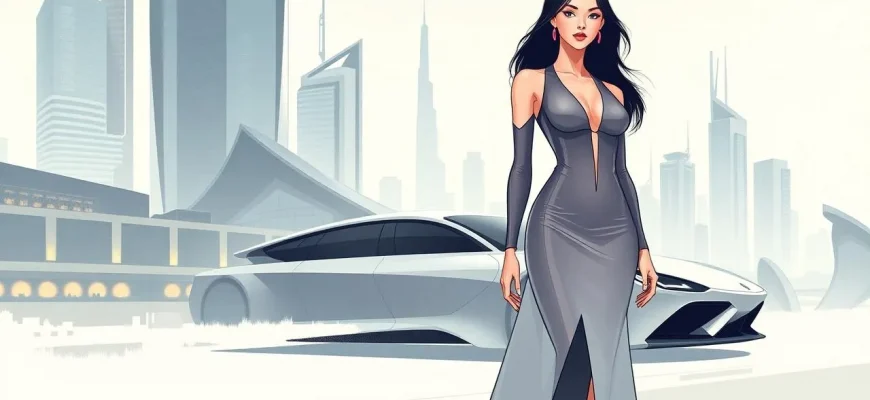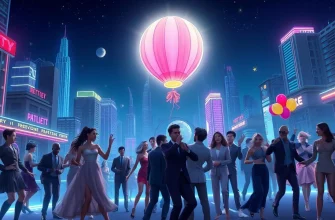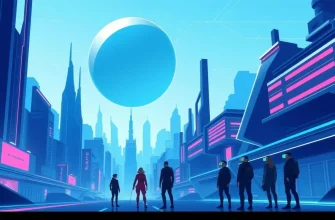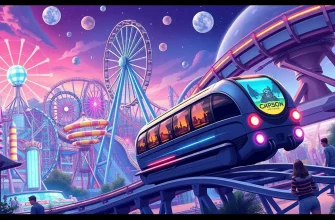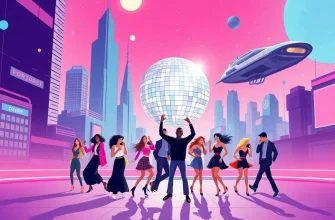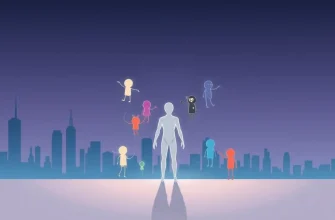In the realm of science fiction, the theme of the elite often explores the dichotomy between the privileged and the underprivileged, showcasing futuristic societies where wealth, power, and technology create stark divides. These films not only entertain but also offer a critique on social structures, making them both thrilling and thought-provoking. Here's a curated list of 10 sci-fi films that delve into the lives of the elite, providing a glimpse into their opulent, yet often dystopian, worlds.
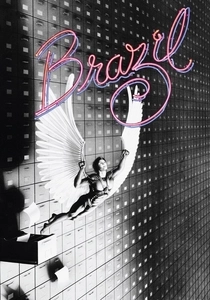
Brazil (1985)
Description: In a dystopian world where bureaucracy reigns supreme, a low-level government worker dreams of escaping to a better life, highlighting the absurdity of the elite's control.
Fact: The film's ending was famously contested between director Terry Gilliam and Universal Studios, leading to multiple versions being released.
 Watch Now
Watch Now 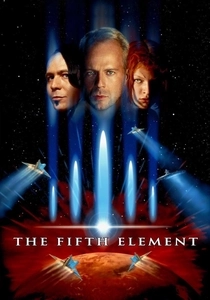
The Fifth Element (1997)
Description: Set in the 23rd century, the film features a futuristic New York where the elite live in luxury while the rest struggle, all while an ancient evil threatens Earth.
Fact: The film was originally conceived as a comic book by Luc Besson, who then adapted it into a screenplay.
 Watch Now
Watch Now 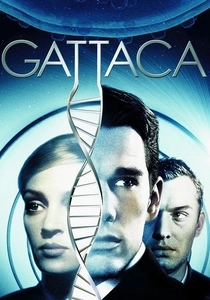
Gattaca (1997)
Description: In a world where genetic engineering dictates one's social status, a naturally conceived man assumes the identity of a genetically superior individual to pursue his dream of space travel.
Fact: The film's title is derived from the four nitrogenous bases of DNA: guanine, adenine, thymine, and cytosine.
 Watch Now
Watch Now 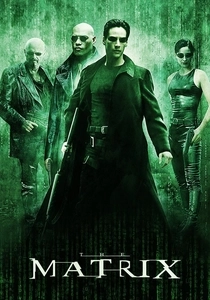
The Matrix (1999)
Description: While not exclusively about the elite, the film explores a world where the elite, the machines, control humanity, keeping them in a simulated reality to harvest their energy.
Fact: The Wachowskis wrote the script in just three weeks, and the film's concept was influenced by various philosophical and cyberpunk ideas.
 Watch Now
Watch Now 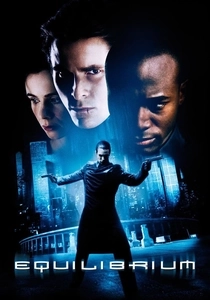
Equilibrium (2002)
Description: In a future where emotions are outlawed to prevent war, a high-ranking government agent begins to question the regime after missing his dose of emotion-suppressing drugs.
Fact: The film's gun kata fighting style was developed specifically for this movie, combining elements of martial arts and gunplay.
 Watch Now
Watch Now 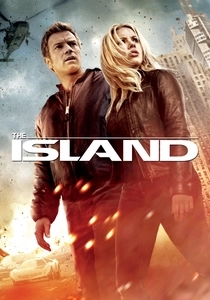
The Island (2005)
Description: In a seemingly utopian facility, residents are told they are survivors of a global contamination, but in reality, they are clones bred for organ harvesting by the elite.
Fact: The film's original ending was much darker, showing the main characters being recaptured and killed.
 Watch Now
Watch Now 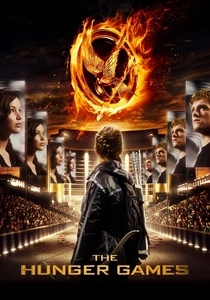
The Hunger Games (2012)
Description: In a dystopian future, the Capitol, the elite ruling class, forces children from the twelve districts to fight to the death in an annual event known as the Hunger Games.
Fact: The film's director, Gary Ross, was inspired by the Roman gladiatorial games when creating the Hunger Games arena.
 Watch Now
Watch Now 
Elysium (2013)
Description: In a future where the rich live on a luxurious space station, Elysium, while the rest of humanity suffers on a ruined Earth, one man's quest for equality challenges the status quo.
Fact: The film was shot in Mexico City, and the Elysium space station was inspired by the design of the International Space Station.
 Watch Now
Watch Now 
In Time (2011)
Description: In a future where time is currency, the wealthy can live forever, while the poor must barter for every second. A man from the wrong side of the tracks inherits a fortune in time and challenges the system.
Fact: The film's concept was inspired by the idea of time as a literal currency, exploring themes of economic inequality.
 Watch Now
Watch Now 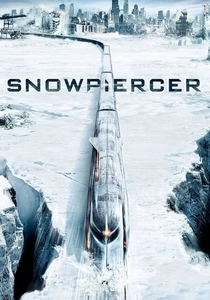
Snowpiercer (2013)
Description: After a failed climate-change experiment, the last remnants of humanity live on a perpetually moving train, where class warfare erupts between the elite in the front and the poor in the tail.
Fact: The film was shot in Prague, and the train's design was influenced by the works of Jean-Pierre Jeunet.
 Watch Now
Watch Now 
